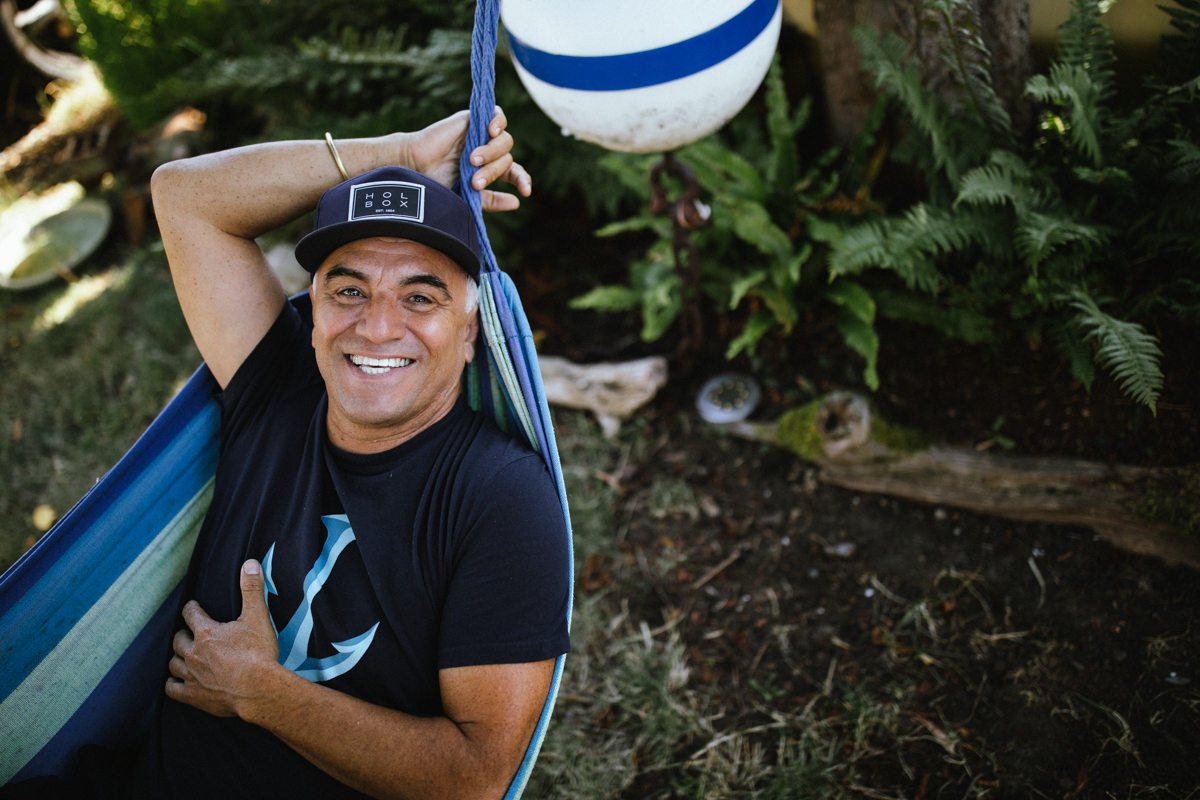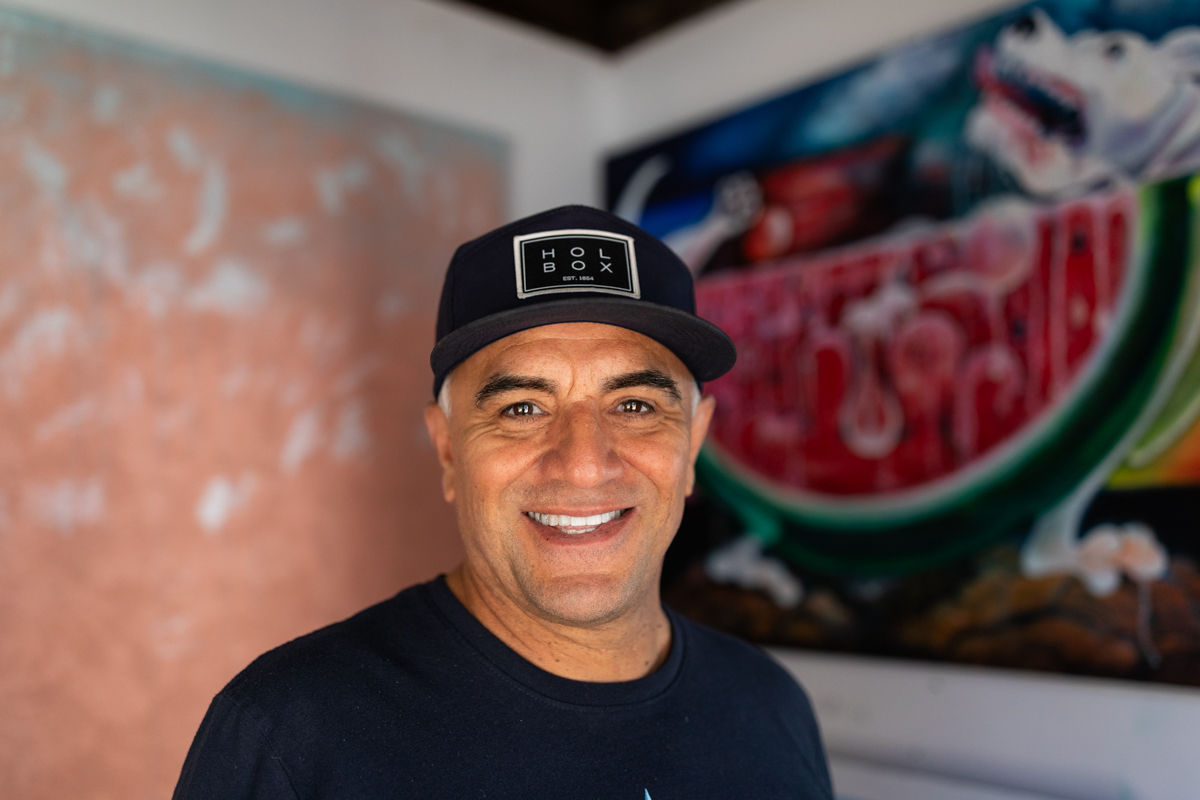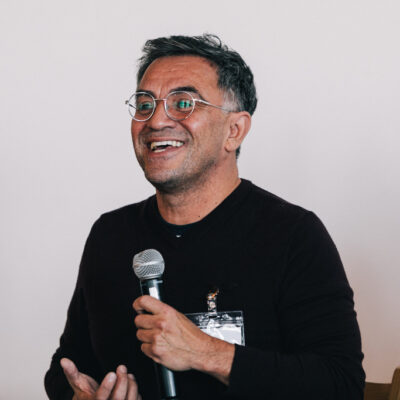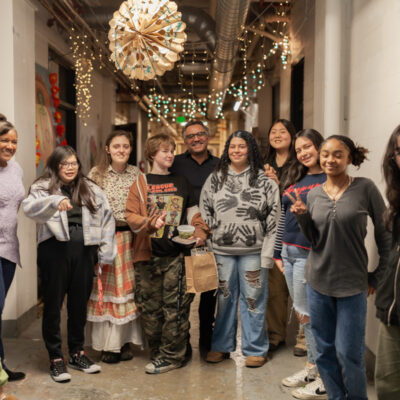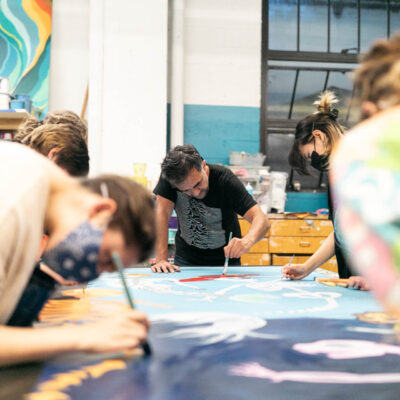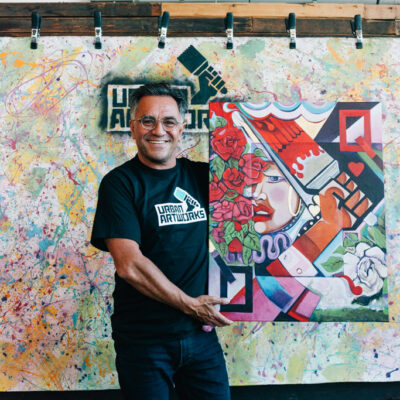Felipe has been a part of Urban ArtWorks’ teaching artist team since 2019. Hired as the very first teaching artist by our Executive Director, he joined us through an Arts 4Culture call to help launch the Mural Apprentice Program.
Felipe has guided countless youth artists in transforming public spaces with color, storytelling, and community pride. His work blends his Mexican-American heritage, a deep respect for community voices, and a belief in public art as both a mirror and a catalyst for social change.
We sat down with Felipe to hear more about him, his artwork and his time teaching at Urban ArtWorks.
How did you first get involved with Urban ArtWorks? I first got involved with Urban ArtWorks through Arts 4Culture in response to a call for (teaching) artists to start the Mural Apprentice Program in 2019.
Can you share a memorable moment or experience you’ve had working as a Teaching Artist with Urban ArtWorks? A memorable moment happens at the end of each program session when the mural is complete and there is a sense of pride and satisfaction within each cohort. The smiles and camaraderie on that final celebration day is always a joyful experience.
What stands out to you about collaborating with youth artists on a public mural? What stands out the most about collaborating with the young artist is how much we learn from each other. As a teacher I’m always learning something new, whether it is a creative technique or style or how to approach or problem-solve each new public mural.
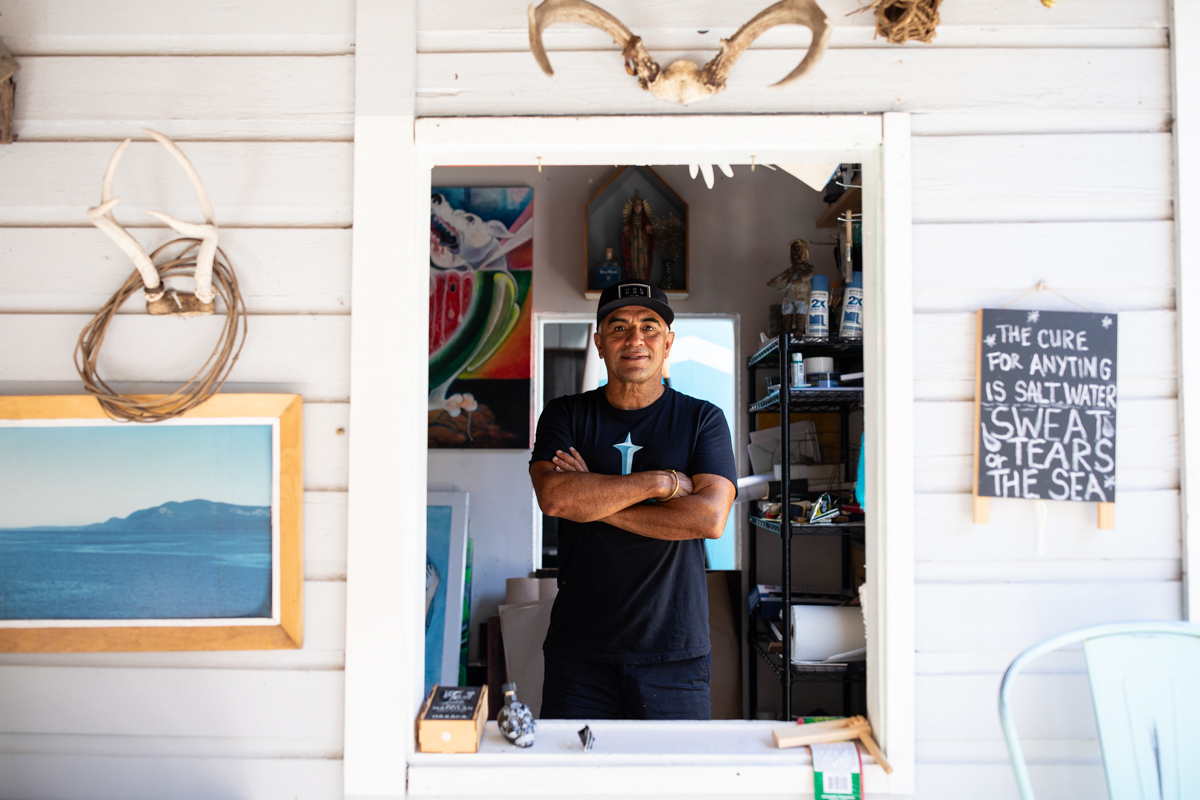
How do you encourage your students to express their identities and voices through their art? As teachers we encourage students to take risks, show up and share their stories through “Check-in Questions”, conversations, and through music. And most importantly make connections to others and find shared interests.
How do you approach representing communities and their stories in your artwork while incorporating your personal experiences and emotions? The best way to approach this is by engaging with communities, listening, and being receptive to other cultures and recognizing commonalities to be able to incorporate my artwork or personal experiences.
Why do you believe public art is important for communities, and how does it function as a medium for social change and raising awareness? Public art makes cities and communities more cool and interesting. It gets people’s attention and hopefully inspires them to think more critically about social change.
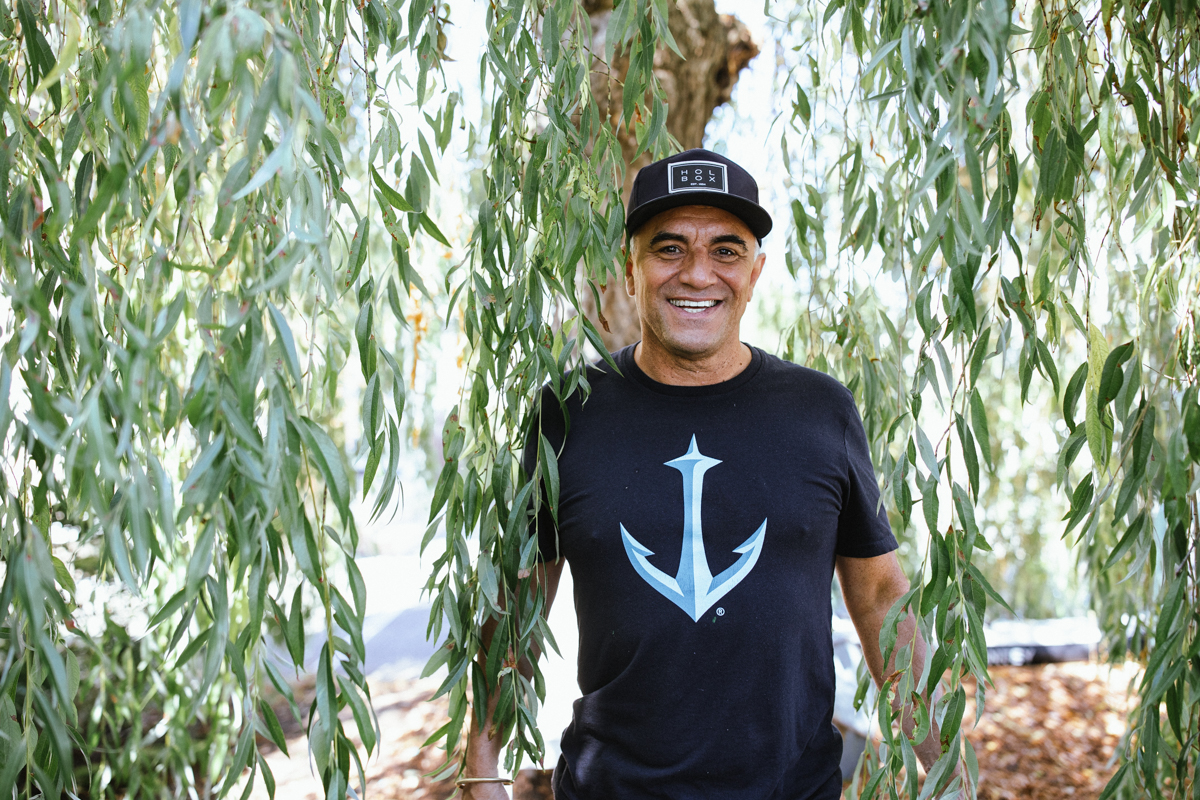
What advice would you give to youth artists who want to pursue art professionally? Join us for Base Crew* – build a portfolio of your work. Be savvy with social media and stay productive.
Are there any upcoming projects or collaborations you’re particularly excited about? I’m excited about the completion of the Delridge MAP mural at the SouthWest Youth and Family Services building. And the murals on the SODO pillars near the stadiums.
How do you celebrate and represent your culture through your art? As a painter, I represent and celebrate my Mexican-American culture through content, telling stories, and color!
